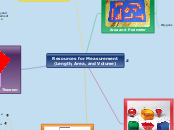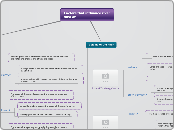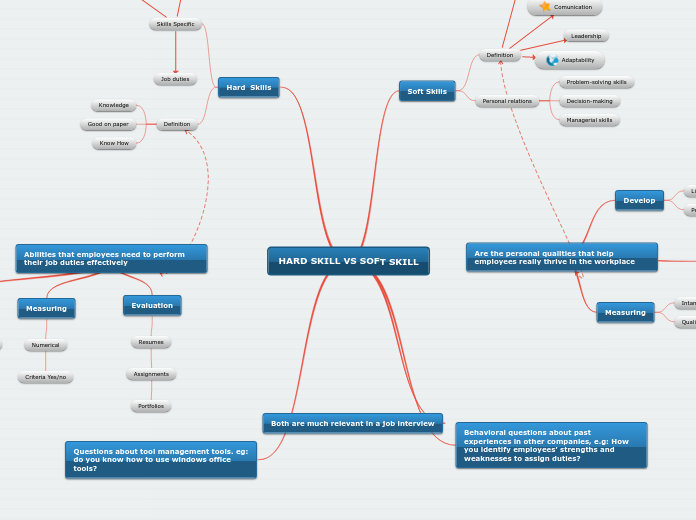Resources for Measurement (Length, Area, and Volume)
The primary goal of this mind map is to provide students supplemental as well as additional information through a variety of sources when learning about measurement. Teachers and parents would also be able to use this mind map to help guide their students through the material.
Surface Area
Formulas
Surface Area Formulas Explained (Side Method)
Surface Area Calculator
Surface Area Formula Reference Guide
Quizes and Worksheets
Surface Area of Spheres Quiz
Surface Area of Cones Quiz
Surface Area of Pyramids Quiz
Surface Area of Cylinders Quiz
Surface Area of Prisms Quiz
Calculate the Surface Area of Complex Figures Quiz
The Pythagorean Theorem
Pythagorean Theorem Calculator
Pythagorean Theorem Examples
Various Proofs of the Pythagorean Theorem
Applying the Pythagorean Theorem
Origami Proof of the Pythagorean Theorem
The Measurement Process (Introduction)
Customary and Metric Systems of Measure
U.S. Customary and Metric Units Vocabulary Review
Metric and Customary Units Test Prep
Conversion Calculator
Conversion Charts for Customary Units
Tangrams
Constructing Your Own Set of Tangrams
Tangrams Puzzles for Kids
Tangrams Interactive Game
Introduction and History of Tangrams
Non Standard Units of Measurement
Non Standard Measurement Introduction (Length)
Sid the Science Kid: Non Standard Measurement
History of Measurement
Horse Measured in Hands
A horse is still measured in hands.
Length Based on Human Body
Traditional units of length based on the human body.
Origins of Measurements In ancient times, the body ruled when it came to measuring.
The length of a foot, the width of a finger, and the distance of a step were all accepted measurements.
Inch: At first an inch was the width of a man's thumb.
Hand: A hand was approximately 5 inches or 5 digits (fingers) across. Today, a hand is 4 inches and is used to measure horses (from the ground to the horse's withers, or shoulder).
Span: A span was the length of the hand stretched out.
Foot: The length of the average man's foot.
Yard: A yard was originally the length of a man's belt or girdle, as it was called. In the 12th century, King Henry I of England fixed the yard as the distance from his nose to the thumb of his out-stretched arm.
Cubit: In ancient Egypt, a cubit was the distance from the elbow to the fingertips.
Lick: A Lick was used by the Greeks to measure the distance from the tip of the thumb to the tip of the index finger.
Pace: The ancient Roman soldiers marched in paces, which were the length of a double step, about 5 feet
Volume
Games and Activities
Exploring Volume and Surface Area Activities
How Many Cubes Fill the Box Interactive Game
Dunk Tank: Liquid Volume Interactive Game
Quizzes and Worksheets
Can You Fill It? (Finding Volume Game
Cyberchase: Interactive Volume Game
Volume Quiz (Basic Knowledge)
Finding the Volume of a Rectangular Prism Quiz
Formulas and Conversions
Volume Formulas Reference Guide
Volume Calculator
Instant Capacity and Volume Conversion
Area and Perimeter
Polygons
Perimeter of a Polygon Reference Sheet with Examples
Polygon Calculator
Perimeter and Area of a Non-Standard Polygon
Everything You Want to Know About Area and Perimeter Interactive Game
Area and Perimeter of Similar Polygons: Lesson
Area of Regular Polygons: Lesson
Properties of Equality and Congruence
Properties of Equality and Congruence Practice
Properties of Equality and Congruence: Lesson









